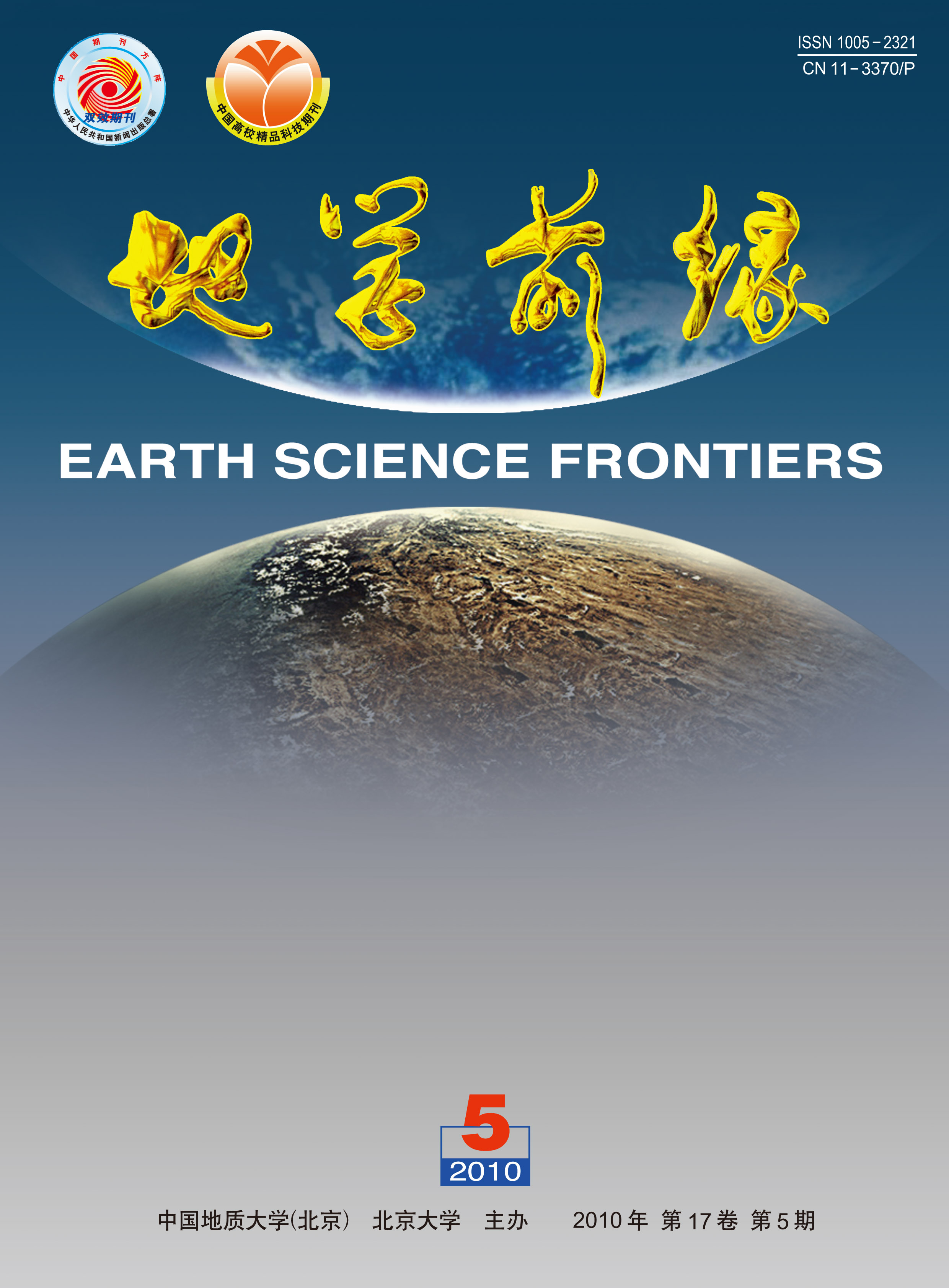Although seismology is a young science with respect to other disciplines such as physics and chemistry, human activities of observing, recording and speculating on earthquakes have already had a long history for thousands of years. In particular, destructive quakes were recorded in detail as early as 780 B.C. In last 40 years, many major and great quakes hit continental areas of China, East Asia and the rest of the world successively, which have promoted the research of seismotectonics and the understanding of rules of earthquake distribution and its dynamic settings. From geological backgrounds and mechanisms, global seismotectonics can be classified into three types. The first is seismic belts with shallow, intermediate and deep focal events associated with subduction of oceanic plates, such as in the circumPacific. The second is along continental collision zones where shallow quakes are dominant, for example, the Himalayas. And the third is the midocean ridges and transform faults in oceans. In the North Hemisphere, there are four land regions of middle latitudes (25°55°N) with dense quake distributions, which are related with continental convergence, while the crust on their east side seems to be stable with low seismicity. GPS measurements in recent years show that the Eurasia continent is moving eastwards forming a trace convex to north. In the South Hemisphere, except the South America, all other continents, i.e. Africa, Arabia, India and Australia move toward NE or NNE. Among them, Australia moves at a rate as large as 10 cm/a. Meanwhile the southern Pacific moves along a leftslip transform fault at a high speed, converging with the Australia plate around Indonesia where seismicity is extremely high. In the Arctic Ocean, GPS sites move to the Aleutian Islands, while in the Antarctic ice land motions of 9 GPS sites exhibit a rotation style with difference about 90°, probably implying a shear between the North and South Hemisphere. From a series of evidence, such as the earths shape derived from satellite gravity, distribution of global heat flow and heat loss from the interiors of the earth, westward drift of the geomagnetic field, and oscillation of the whole earth caused by great quakes, it is inferred that the inner structure of the earth is asymmetric and heterogeneous to some extent. Such a characteristic might govern the global plate motion, plate deformation and distribution of great earthquakes.

